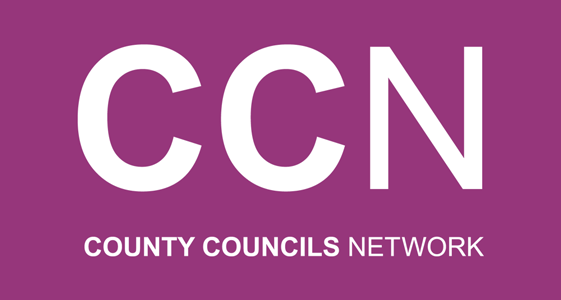
CCN Blogs | 03 July 2019

In the meantime, we continue to work with a range of clients in shire areas to examine the question: if not unitary (or not yet) then what? How else can they address their budget deficits, improve services for the people in their area, improve leadership of place and command the attention of Whitehall in a discussion about local funding and flexibilities?
There is an increasing interest in functional, as opposed to structural reform as a potential solution and we will look at some of the scenarios for functional reform that we have been developing with clients and the key messages we are hearing about structures.
Functional reform
There are of course many examples of county and district councils sharing services and, in some cases, senior officers. There is increasing interest in how the humble shared service model can provide the infrastructure for more purposeful and radical place-based reform. We often work up a range of exploratory scenarios for our clients including:
Shared services are not always plain sailing as numerous examples have shown. The complexity of building and running models of this type should not be underestimated. Services that are shared by separate organisations also need to be capable of being unpicked.
But it is demonstrably the case that significant benefits are there for the taking if like-minded leaders want to work towards them. If the case for reorganisation is not compelling, and the status quo is unacceptable, then exploring this type of collaboration surely must be the way forward?
A further intriguing possibility is experimenting with new models of place-based governance through, for example, the creation of strong locality or area boards. Whilst these models are already in use in many areas, there are interesting questions around how their powers and roles can be formalised. For example, through,the creation of joint committees with representation from across local organisations, and even how the constitutions of local organisations might conceivably be flexed to reinforce these groups as legitimate decision-making entities in their own rights. Whilst this type of change does not generate savings directly, some feel that it may provide a mechanism for more meaningful and deliberative progress towards local reform.
Structural reform
If feels like some of the heat has come out of the unitary / LGR agenda in recent months, although evidence bases for unitary proposals are quietly being refreshed and consolidated in several places. Despite the “end of austerity”, most of our local government clients are prudently assuming that there is no sudden injection of cash on the horizon and are acutely aware that financial failure in their area might trigger imposed reorganisation. The elusive new framework for devolution is either just around the corner, or never going to see the light of day, depending upon who you ask and when. If it ever surfaces this may re-energise debates around structures.
The hope is always that any further proposals that come forward follow the positive and consensus-led approach followed by partners in Dorset. However in areas with entrenched differences or contested geographies this may simply not be achievable without a fundamental reset in relationships. MHCLG has historically been unwilling to referee in disputes, but might this change as the stakes get higher?
As is well known, for some authorities there is a real risk of financial failure, especially if the forthcoming funding settlement is at the gloomier end of the range of scenarios that can be predicted. We are working with some organisations for whom the next year or two look very challenging indeed. In the unfortunate event of another Northamptonshire, it seems likely that once again all the talk of consensus will fall away, and a structural solution will be imposed with only limited local discretion.
In areas where this is felt to be an immediate risk, and given the strong evidence of the negative impacts of imposed structural change, surely it is in the shared interests of local partners to explore all ways of preventing this outcome?
Playing nice
All of the above are of course technocratic solutions and it is far too easy to get sucked into sterile debates about structures at the expense of the things that really matter – a collaborative mindset, open lines of communication between leaders and a willingness to invest time and effort in building a shared vision for the success of places. In the recent words of one chief executive: “show up, speak up, build up”. Partnerships that can do this will quickly settle on an approach that works for them.
Martin Ellender
Director, Public Services Advisory
Grant Thornton UK LLP
© 2024 County Councils Network | Credits | Site map | Cookies | Privacy Policy.